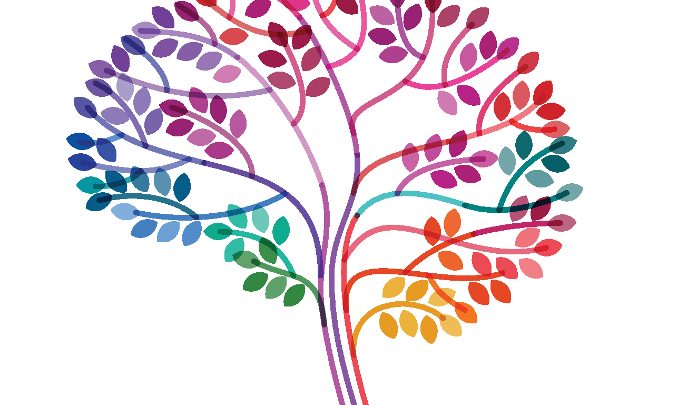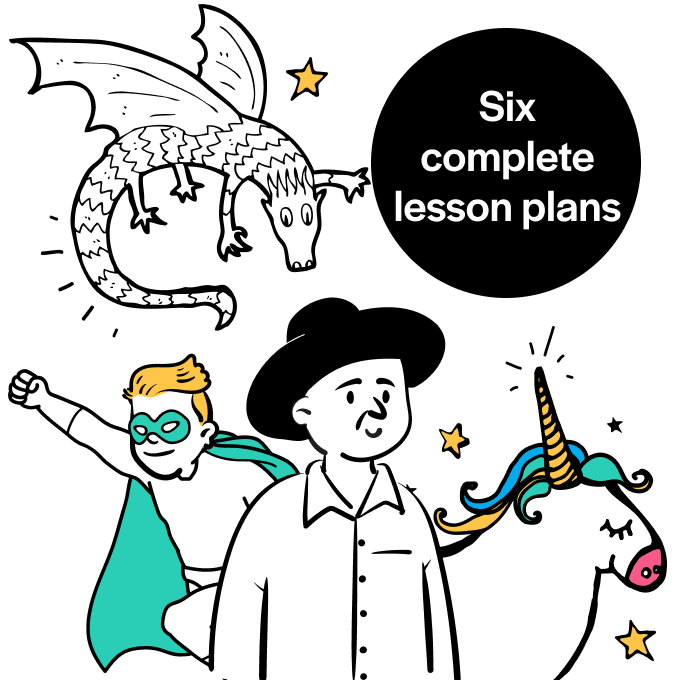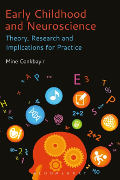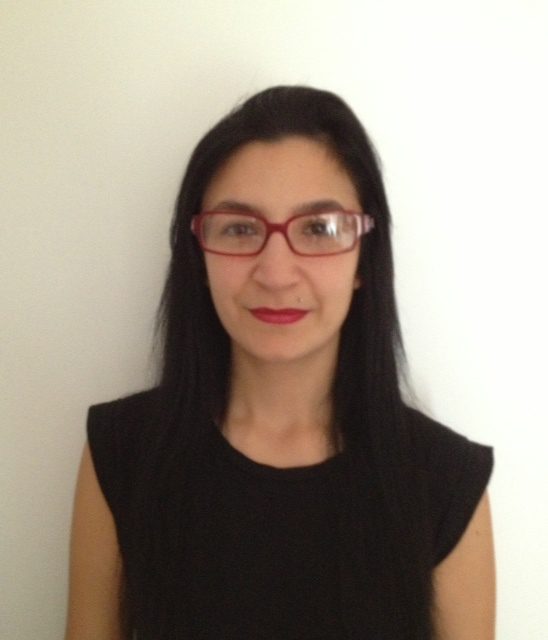What can we learn in early years from neuroscience?

When equipped with knowledge about emotions and the developing brain and their powerful role in learning, early years practitioners can make all the difference

If you were asked about your thoughts on current early years qualifications and CPD, what would you say?
I was in this position a few weeks ago, and it got me reflecting about the vast changes that have taken place in the sector over the last decade. We have seen various qualifications and initiatives come and go without staying long enough for their effectiveness to be evaluated.
We have observed requirements for early years qualifications enforced, only to be rescinded. It all makes for a precariously positioned sector, which instead of moving forward, veers from one change to another.
Two main issues concern me: 1. The current lack of neuroscience and early brain development (particularly conception to two-years-old) being taught across early years qualifications
2. The shortage of consistently embedded CPD for early years practitioners.
In her recommendations to the then government, the early years sector and to training providers, Cathy Nutbrown stated that she “would like to see early years qualifications focusing on the birth to seven age range, which would include material relevant to the pre-birth period”. Nutbrown (2012: 12).
But what exactly would these qualifications include? The recommendations didn’t identify which subjects should be covered to enable practitioners to best address this.
Five years on and we are still awaiting a rigorous and innovative set of guidelines which meets the needs of early years practitioners: one that helps practitioners rise to the challenges which impact contemporary childhood and child development.
Meeting children’s needs
Having worked in the early years sector for over 17 years, I’ve observed pedagogical trends vacillate and fail to impact practice at any meaningful level – especially when it comes to understanding child behaviour and supporting meaningful communication with the under-threes.
A recent briefing carried out by Save the Children (2015) asserted the need for every nursery in England to have a qualified early years teacher by 2020.
While this is desirable, it does not resolve the underlying issue. A higher threshold for qualifications does not automatically mean better outcomes for young children.
As one of the training and development directors at National Early Years Trainers and Consultants (NEyTCO), I have designed and facilitated many CPD events for newly qualified early years teachers, many of whom criticised the lack of teaching on the conception-to-three period.
Most stated that they received no teaching on early brain development (which is what led to this series of CPD). We need a comprehensive and rigorous set of qualifications and CPD that is fit for purpose, and which fully prepares practitioners to identify and respond to the unique learning and developmental needs of very young children.
Why unique? In no time during an individual’s life does learning take place so readily as it does in the early years. At birth, each neuron (brain cell) in the cerebral cortex has approximately 2,500 synapses.
By the time an infant is three years old, the number of synapses is approximately 15,000 synapses per neuron. This amount is roughly twice that of the average adult brain (Rogers, 2011; Pettus, 2006).
Plasticity is therefore at its most rapid during early childhood, when the brain is most sensitive to environmental influences. Neural connections grow and are strengthened in response to these experiences. Repetition of experiences leads to neurons creating pathways in different parts of the brain, based on the experiences.
Perry (2001) tells us that experience, good and bad, literally becomes the neuroarchaeology of the individual’s brain. Early years practitioners can make all the difference when equipped with knowledge about emotions and the developing brain and their powerful role in learning.
Yet the majority of early years qualifications still do not consistently embed the necessary teaching about these matters. This means practitioners entering the profession are lacking in-depth understanding of how the brain develops and its direct implications for development and learning.
Early childhood students and practitioners are continually urged by lecturers/training facilitators to use theoretical knowledge from the likes of Piaget, Bowlby and Vygotsky to inform their practice. This is not the case when it comes to neuroscience.
Trending
It is time for neuroscience to finally be accepted as another way of theorising about and understanding key issues concerning contemporary early childhood development and provision of education and care. This does not imply that understanding neuroscience is the only way to do this but that it adds another, more contemporary dimension to our understanding.
I have recently embarked upon my PhD journey in early childhood education and neuroscience, which explores the hitherto lack of neuroscience-based early years qualifications and how steps can be made towards resolving this issue.
Just a few examples of successful embedding of neuroscience in early years curricula (mainly in the USA and a few settings across the UK) include:
• The Tools of the Mind curriculum. • The Synapse School • Neuroscience informed nurture groups • Attachment Aware Schools
The core purpose of these curricula is to develop self-regulation alongside skills in social engagement, problem-solving, literacy and mathematics. Each draws on elements of neuroscience, attachment-led relationships, emotional intelligence and constructivist, brain-based instruction.
Practical training
We cannot expect excellent educational outcomes for young children if the workforce is not afforded opportunities for high-quality training which progresses in line with the changes that impact early childhood development today.
Neuroscience promotes further, evidence-based understanding of how young babies and children develop, but it is our responsibility to make this knowledge practically useful. With the advent of more podcasts, webinars, online and bespoke CPD programmes, practitioners can exert more control over how and when they undertake CPD.
One such organisation which encourages its staff to pursue their interests in line with the children’s needs, is the London Early Years Foundation (LEYF). I’ve been lucky enough to have facilitated many bespoke neuroscience-based CPD programmes for its practitioners. I experienced first-hand how an organisation achieves an open and flexible approach to providing CPD.
In our usual exchange of lively emails, the CEO of LEYF, June O’Sullivan, explained:
“Staff are generally not motivated by money but by opportunity, so CPD is important if you want to retain and nurture staff. The best CPD is broad. It includes opportunity for visits, hosting visits, pedagogical conversations, conferences, presentations, action research, writing articles, coaching and mentoring. The best CPD is giving staff opportunities to extend themselves, follow their interests, gain recognition in the organisation and step into a new place with the support of the organisation whether they are apprentices or directors.”
It seems we are at a stage where we are finally understanding and embracing the great potential neuroscience can have on informing early years practice. We now need to translate this into something meaningful which can be utilised by all practitioners. I would like to leave you with the words of Pat Wolfe quoted in Rushton (2011: 92) to reflect upon:
“[I]t is our responsibility as early childhood educators to understand that every child each school year represents a virtual explosion of dendritic growth. We are so fortunate to be in a profession where we can create learning opportunities to best support young children’s development and their biological wiring, so let’s start there.”
GROWING MINDS
Embedding neuroscience across all early years qualifications helps us to understand the… • Brain mechanisms behind healthy parenting, caregiving and attachments • Inextricable link between early emotions and brain development • ‘Plastic’ nature of the developing brain and early learning • Impact of stress on specific brain regions, body and behaviour • Role of mirror neurons in supporting bonding, empathy and communication
NEyTCO’s ground-breaking neuroscience-based conference for early years leaders, managers and practitioners, All in the Mind – the science of solving problems before they begin, takes place on 9 June 2017. Contact Sarka to find out more/book your place: operations@neytco.co.uk.
 Mine Conkbayir is training and development director at NEyTCO. Her latest book, Early Childhood and Neuroscience Theory, Research and Implications for Practice, is available to buy now from bloomsbury.co.uk
Mine Conkbayir is training and development director at NEyTCO. Her latest book, Early Childhood and Neuroscience Theory, Research and Implications for Practice, is available to buy now from bloomsbury.co.uk











